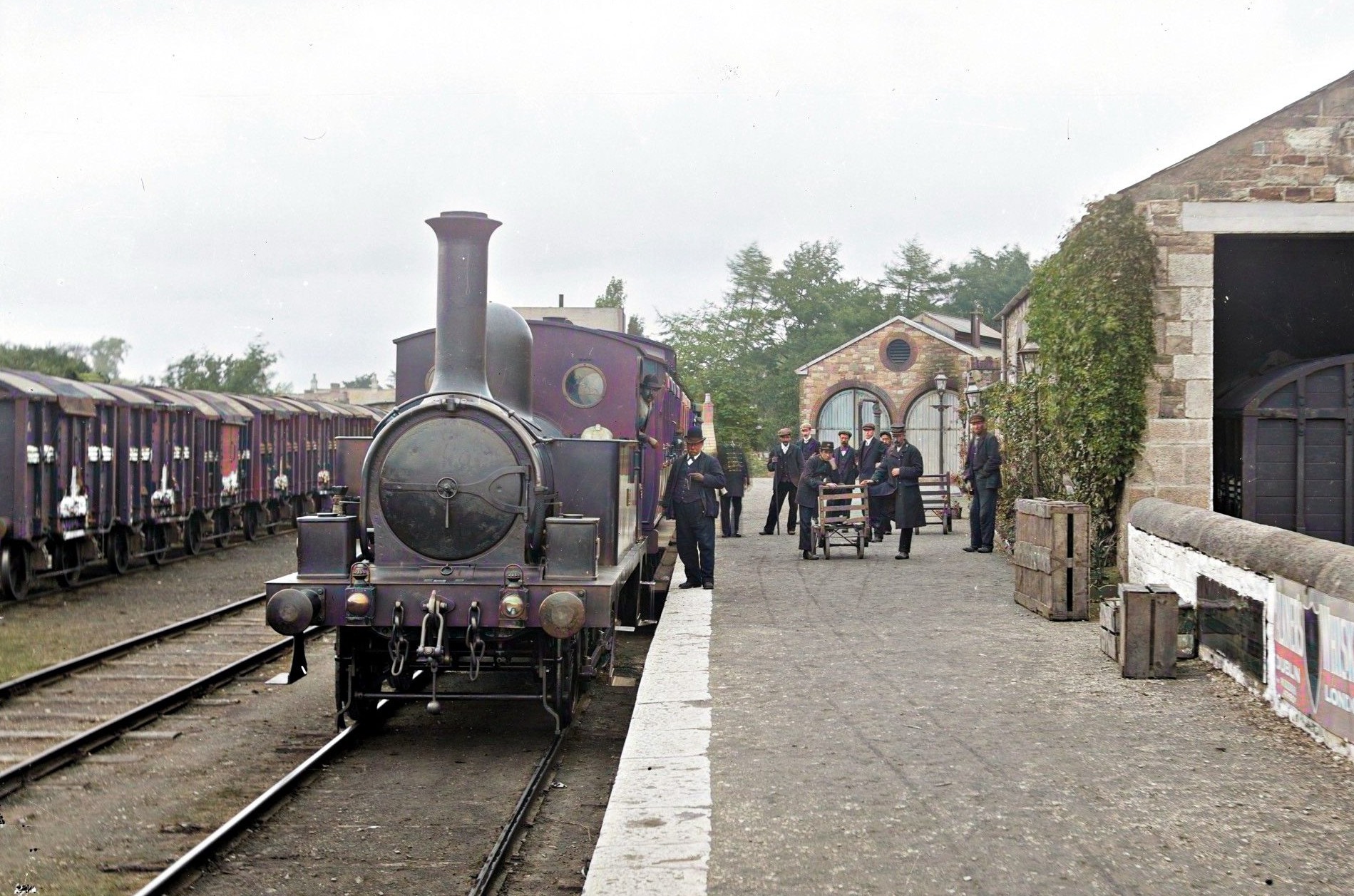Origins and Context of Athboy Railway Station
Why Athboy Railway Station was Built
The late 19th century was an era of rapid expansion for railways across Ireland. Athboy, located in County Meath, was no exception. The drive to build Athboy Railway Station stemmed from a need to connect this rural area to the broader railway network, bridging the distance between smaller towns and the major urban hubs of Ireland.
Commissioning and Funding
Athboy Railway Station was a part of the broader efforts of the Midland Great Western Railway (MGWR). This company, which had multiple railway initiatives across Ireland, sought both private and public investments to realize its expansive vision.
Architecture and Design of Athboy Station
Like many stations constructed in the late 1800s, Athboy Railway Station featured designs that blended functionality with the aesthetics of its time. Although the exact architect remains unclear, the station bore the hallmarks of the typical Irish railway stations of that period.
Key Architectural Features
Athboy Railway Station was characterized by red brickwork, often seen in MGWR designs. The gabled roofs and sash windows also mirrored other stations designed during the same period.
Operational Overview of Athboy Station
Primary Routes and Destinations
Athboy Railway Station lay on the line connecting Navan to Oldcastle. This meant that the residents of Athboy had direct access to larger towns, making commerce and travel significantly more convenient.
Service Frequency and Types
Trains frequented the station regularly, providing services for both passengers and freight. Given County Meath’s agricultural landscape, Athboy Railway Station was pivotal in transporting agricultural produce to larger towns and markets.
Rail Gauge
The MGWR predominantly operated on the Irish standard gauge (1,600 mm or 5 ft 3 in). Therefore, Athboy Railway Station would have facilitated trains on this gauge, making it a standard gauge railway.
Significant Events and Role During its Operation
Throughout its operation, Athboy Railway Station would have seen numerous local events, celebrations, and possibly even troop movements, especially during times of unrest or war. Stations of its stature often became inadvertent witnesses to the socio-political shifts of their times.
The Economic and Social Impact of the Station
Athboy Railway Station played a central role in invigorating the local economy. With the station facilitating both passenger and freight movement, businesses in the area experienced increased connectivity to larger markets.
Influence on the Local Community:
Beyond just economics, the station also had profound social implications. It brought about cultural exchanges, fostering a sense of community and bridging the urban-rural divide.
Evolution and Technological Changes
As the decades passed, there would have been several operational changes at the Athboy Railway Station. Technological advancements, especially in signaling and train machinery, would have been integrated into the station’s operation.
Decline, Closure, and Aftermath
Athboy Railway Station ceased operations in the late 1950s. This closure in 1958 was reflective of the broader trend across Ireland, where numerous railway stations were shuttered due to economic pressures and the growing prominence of road transportation.
Legacy and Current Status
While active railway operations at Athboy have long ceased, the memories remain. The station, its tracks, and associated infrastructure stand as silent testimonials to a bygone era. The significance of Athboy Railway Station isn’t lost on the locals, many of whom still recount tales of the station’s bustling days.






Leave a reply